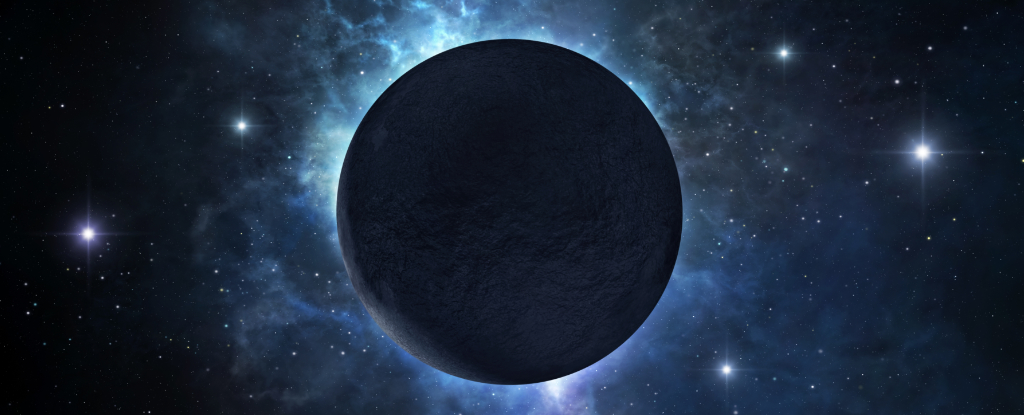Humpback Whales Display Creative Behavior: Documented Use of Bubble Rings

Whales are widely recognized for their remarkable intelligence. These majestic creatures are known to utilize complex vocalizations, maintain strong social bonds within their pods, and exhibit impressive memory capabilities. However, a fascinating question arises: what do these intelligent animals engage in when their actions are not strictly linked to feeding or mating? Recent research suggests that humpback whales may interact playfully and creatively by producing intricate bubble rings.
In a pioneering study, scientists from both the SETI Institute and the University of California at Davis (UC Davis) have successfully documented humpback whales engaging in the production of bubble rings during friendly interactions with humans. These bubble rings are distinct from bubble nets, which whales typically use for hunting. Instead, the bubble rings appear as ethereal, spinning smoke donuts that gracefully ascend from the depths of the ocean.
The research team from WhaleSETI recorded a total of 39 bubble rings produced by 11 different whales over 12 separate encounters. These observations took place in various locations, including the stunning waters of Hawai’i, the Dominican Republic, Mo’orea, and off the U.S. Atlantic coast. This groundbreaking study offers rare insights into the potential for nonhuman creativity and suggests that the act of creating these rings could stem from playfulness, communication, or innate curiosity.
In one particularly intriguing observation, researchers noted that at least one whale was capable of producing a bubble ring using only one nostril. This remarkable detail, revealed through meticulous frame-by-frame analysis, indicates a level of fine motor control that is quite extraordinary for such large mammals.
So, what motivates whales to create these captivating bubble rings? Dr. Laurance Doyle, a scientist at the SETI Institute and co-author of the study, explained that an important assumption in the search for extraterrestrial intelligence is that any life forms capable of communication would likely be interested in making contact with human receivers. He noted that the independent evolution of curious behavior in humpback whales supports this assumption.
Interestingly, the bubble rings were not produced in situations where the whales were hunting or engaged in aggressive behavior. Instead, the whales displayed relaxation and moved at a leisurely pace when creating these bubbles. Observational data indicated that the whales often approached boats or swimmers before producing a ring. In nine documented episodes characterized as inquisitive, the whales paid little attention to other whales around them and instead focused their curiosity on nearby humans or vessels.
In fact, seven out of eight whales known to blow rings swam within one body length of boats or swimmers. In one notable instance, a whale's bubble ring partially encircled a swimmer at the ocean's surface, showcasing the playful nature of these interactions.
The question of whether these bubble rings serve a purpose beyond play is still under debate. Dr. Fred Sharpe, co-lead author of the study, elaborated on the complex social structures of humpback whales, emphasizing their acoustic diversity, utilization of bubble tools, and their tendency to assist other species under duress from predators. He posited that these bubble rings may represent a form of communication, as the whales seem to blow them in our direction in an apparent attempt to engage playfully, observe our reactions, or convey some form of message.
While bubble rings have been observed previously in species like dolphins and beluga whales, this study marks the first well-documented instance of such behavior in baleen whales. The WhaleSETI team's prior drone surveys, which covered thousands of hours in regions such as Hawai’i, Alaska, Antarctica, and Bermuda, found no instances of bubble rings when humans were not present. This suggests that humpback whales may intentionally direct these displays towards humans, whether for play or communication.
According to the findings, these bubble rings were often accompanied by other playful behaviors, such as slow rolling, head lifts, or spy-hopping. Such actions lend further credence to the idea that the act of producing bubble rings is not merely a coincidence. In a particularly amusing moment, one whale was even observed playing with seaweed before creating a bubble ring.
Dr. Jodi Frediani, another co-lead author, highlighted the inquisitive and friendly behaviors exhibited by humpback whales towards boats and human swimmers. The researchers have now identified a dozen whales from various populations across the globe, the majority of which voluntarily approached human vessels while engaging in the act of blowing bubble rings during these curious encounters.
Most of the bubble rings were produced using the blowhole, and researchers noted that there were no dramatic gestures preceding the action. Unlike dolphins, which may exhibit preparatory movements before creating a ring, humpback whales' actions seem to occur smoothly and suddenly, without any visible warning signs.
The research team proposes the idea that humpback whales may engage in “play with a purpose,” where play serves as a flexible behavior that allows them to test their environments, interact with objects, and gauge responses. This type of engagement may also facilitate connections between species, akin to how dolphins may lift swimmers or how whales inspect humans.
Just as early attempts to classify signals from extraterrestrial life require careful attention, recognizing behaviors such as play and curiosity in other species can teach us valuable lessons about communication. The WhaleSETI team believes that behaviors like blowing bubble rings could provide training data to enhance algorithms designed to decode unknown signals.
The significance of these observations cannot be overstated. During these interactions, the whales displayed no signs of fear, annoyance, or aggression. In fact, many lingered in the vicinity after producing a ring, seemingly observing our reactions. In one remarkable episode, a single whale created 11 bubble rings, which suggests there was an intentionality behind the behavior.
The different patterns of bubbles—whether they are rings, plumes, or bursts—may represent a continuum of communication. Some of these bubble formations could be unsuccessful attempts at creating rings, while others may convey specific intentions or social cues. By documenting these actions and their contexts, researchers aim to deepen our understanding of the mental processes of other beings.
The scientists encourage whale watchers, swimmers, and boaters to report any sightings of bubble rings, providing details about location and behavior. If possible, they urge individuals to capture visual evidence as these citizen reports could help build a more comprehensive understanding of whale behavior and potential interspecies connections.
Renowned animal trainer Karen Pryor has pointed out that the patterns of bubble production among cetaceans represent a communication mode that terrestrial mammals do not possess. If whales are indeed trying to communicate with us through bubble rings, even in a playful manner, it is imperative that we pay attention and listen closely.
The findings of this study have been published in the esteemed journal Marine Mammal Science.




























